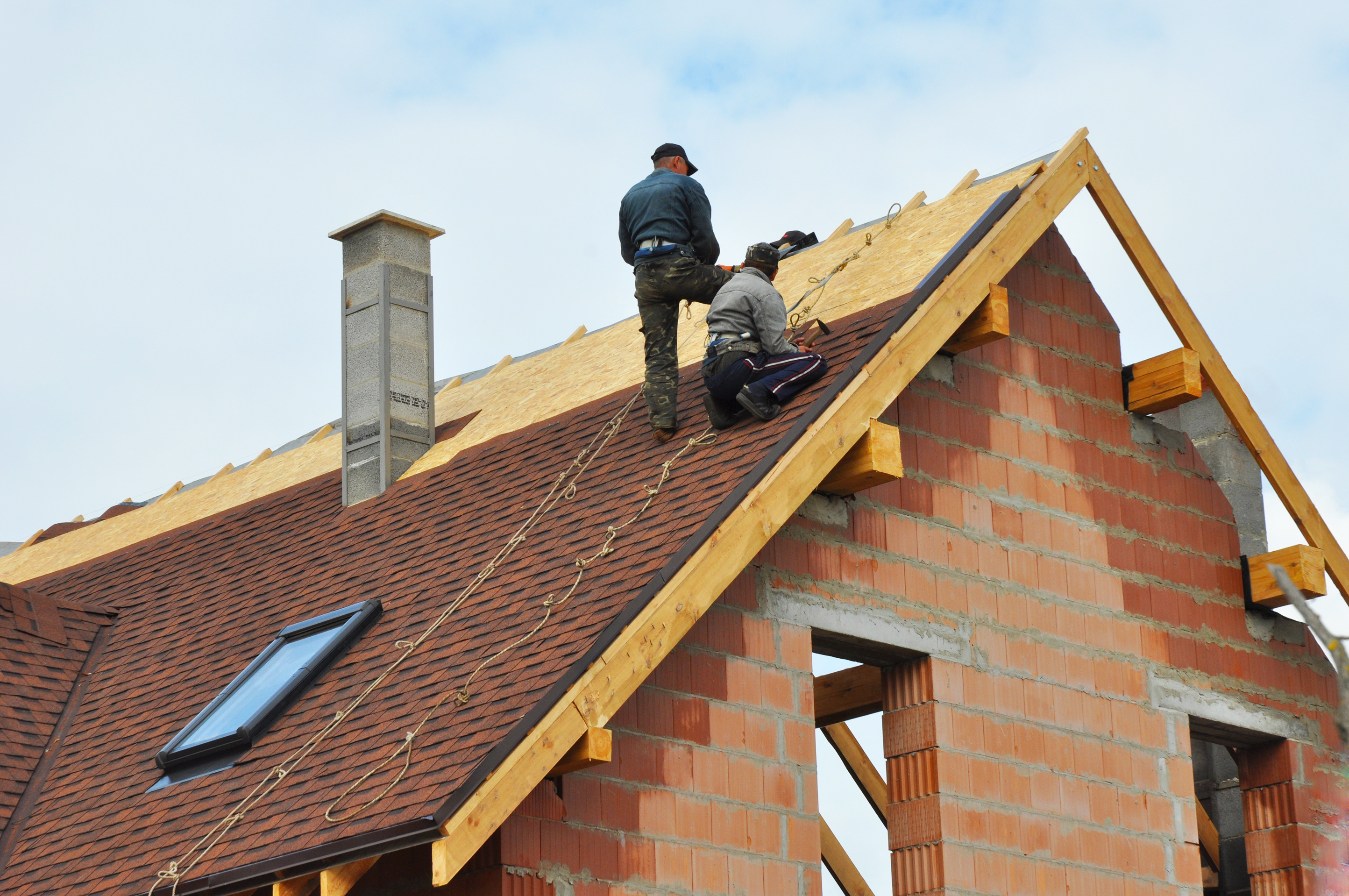Examining the Services Supplied by Roofing Companies in Gainesville Florida
Examining the Services Supplied by Roofing Companies in Gainesville Florida
Blog Article
Best Practices for Ensuring Proper Roof Covering Air Flow
Guaranteeing appropriate roofing air flow is vital for the durability and efficiency of a roof system. A well balanced intake and exhaust air vent proportion, commonly 1:300, plays a crucial duty, with consumption vents preferably placed at the lower edge of the roof for cool air entrance and exhaust vents at the optimal for warm air exit. Regular evaluations to identify clogs and maintain clear air movement are critical. Furthermore, keeping insulation far from vents is essential to protect against air movement limitation. Understanding these fundamental components sets the phase for more thorough understandings into installment and upkeep techniques that can substantially boost your roof's efficiency.
Understand Air Flow Basics
Correctly understanding air flow basics is essential for guaranteeing the durability and performance of roof. Reliable air flow alleviates moisture buildup and temperature level extremes in the attic, both of which can lead to significant structural damage in time. A well-ventilated roofing system aids in avoiding typical issues such as mold growth, wood rot, and ice dams, which can compromise the stability of the roofing materials and the underlying frameworks.
The key objective of air flow is to promote the activity of air, permitting for a regular exchange in between the outside and interior settings. This equilibrium is accomplished with a combination of intake and exhaust vents that function with each other to maintain optimum air flow. Intake vents, normally located along the eaves or soffits, enable fresh air to get in the attic room area, while exhaust vents, often positioned at or near the roof covering ridge, make it possible for warm, damp air to escape.
Key elements affecting the efficiency of roofing system air flow consist of correct positioning, adequate sizing, and guaranteeing that both consumption and exhaust vents are unhampered. Regular inspection and upkeep are critical to determine potential obstructions, damage, or inefficiencies in the air flow system, thereby safeguarding the roof's performance and toughness.
Types of Roof Covering Vents
Roofing system vents play an essential function in maintaining reliable attic room air flow and, by extension, the overall health and wellness of the roofing system. Various types of roof vents are available, each with distinct benefits tailored to specific roof covering demands.

Soffit vents are set up under the eaves and operate in tandem with roofing system vents to guarantee a balanced intake and exhaust system. By enabling cooler air to get in from below, soffit vents help with the expulsion of hot air via upper vents. Gable vents, situated on the outside walls of the attic, offer one more effective option, specifically in homes with gable roofings.
Analyze Your Present Air Flow

Next, consider the age and problem of your roofing products and ventilation components. Older systems might not conform with existing building ordinance or might have worn away over time, decreasing their performance. Conduct a detailed examination to determine any kind of indications of deterioration, such as rust, damages, or spaces that might compromise the system's efficiency.
Additionally, measure the attic room temperature and humidity degrees. High temperature levels and humidity can show insufficient ventilation.
Installment Best Practices
Effective installment of roof covering air flow systems is critical for guaranteeing optimum performance and durability. Appropriate setup begins with recognizing the particular ventilation demands of the structure and the roof covering it covers. This entails computing the right ratio of consumption to wear site down vents, usually sticking to the 1:300 guideline, which stipulates one square foot of air flow for every 300 square feet of attic flooring room.

Consumption vents must be mounted at the roofing system's lower side, commonly in the soffits, to allow amazing air to enter. Exhaust vents, on the other hand, should be mounted near or at the roofing's optimal to help with the exit of cozy, moist air.
Seal all air vent links meticulously to stop air leakages and potential water infiltration. Use top quality products and follow supplier standards to make certain longevity and effectiveness. Furthermore, incorporating ridge vents with baffles can substantially enhance air movement efficiency by stopping wind-driven rainfall and snow from getting in the attic room.
Eventually, specific setup of roofing air flow learn the facts here now systems mitigates prospective concerns such as mold development, ice dams, and architectural damage, making certain the roofing's honesty and the building's total health and wellness.
Normal Maintenance Tips
Uniformity in maintenance techniques is fundamental to making sure the lasting efficiency of roof covering ventilation systems. Regular inspections are important, preferably executed biannually-- in the springtime and loss. Throughout these evaluations, make sure that vents are complimentary of particles, nests, and various other blockages that can hamper airflow. Look for any indications of wetness accumulation or mold, as these can show improper air flow or leaks (gainesville fl roofing companies). try this web-site
Use a soft brush or a vacuum cleaner to eliminate dirt and debris from consumption and exhaust vents. Be cautious not to damage the vent displays or louvers during the procedure.
Appropriate insulation is just as crucial. Make certain that attic room insulation does not obstruct the vents, as this can significantly limit air flow. Reposition or change it to keep an efficient obstacle. if any kind of insulation has shifted or resolved.
Last but not least, change any kind of harmed or missing out on elements without delay. Damaged vents, broken shingles, or shabby blinking can all add to insufficient ventilation and needs to be dealt with immediately. Normal upkeep makes sure that the roof ventilation system functions ideally, therefore extending the life-span of the roofing itself.
Final Thought
Making sure proper roof air flow is paramount for preserving the performance and sturdiness of a roof. Adherence to the 1:300 intake and exhaust vent proportion, combined with the critical placement of vents, is crucial. Normal semiannual assessments, particles cleansing, and ensuring insulation does not block air flow are critical methods. Carrying out these ideal techniques will promote a well-ventilated roof covering system, consequently minimizing possible concerns associated to moisture build-up and extreme warm, eventually lengthening the roofing system's lifespan.
A balanced intake and exhaust air vent proportion, commonly 1:300, plays an essential function, with consumption vents ideally placed at the lower side of the roof covering for cool air access and exhaust vents at the height for cozy air exit. Consumption vents, usually located along the eaves or soffits, allow fresh air to enter the attic room space, while exhaust vents, typically positioned at or near the roofing ridge, enable warm, moist air to run away.
Soffit vents are installed under the eaves and work in tandem with roof vents to ensure a well balanced intake and exhaust system. By permitting cooler air to enter from below, soffit vents facilitate the expulsion of warm air through upper vents. Adherence to the 1:300 intake and exhaust air vent proportion, coupled with the tactical placement of vents, is essential.
Report this page